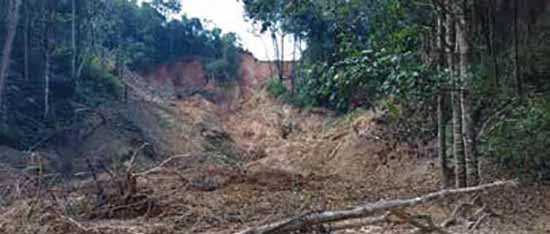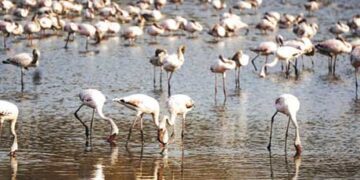Team Blitz India
MUMBAI: Soil erosion in the Western Ghats has almost doubled in the past three decades, posing a threat to bio-diversity, agricultural productivity, and water quality across the mountain range, according to a recent study by the Indian Institute of Technology Bombay (IITB).
Using remote-sensing data, the researchers found that average soil loss in the region was 62.7 tonne per hectare per year in 2020, up from 32.3 tonne per hectare per year in 1990 – an increase of 94 per cent.
While the loss was observed across the entire hilly stretch, it is highest in Tamil Nadu (121 per cent) and Gujarat (119 per cent), while Maharashtra recorded a 96 per cent surge in erosion. Karnataka recorded the least loss at 56 per cent. In absolute terms, Maharashtra had the highest 79 tonne per hectare per year soil loss in 2020, while Kerala had the lowest loss at 47.13 tonne per hectare per year.
The research points to climate change as well as land mismanagement for the deteriorating condition of the region’s land.
The study used open-source geographic information system (GIS) data and the Universal Soil Loss Equation (USEL) model to quantify the soil loss in the region. Several factors including rainfall, topography, soil erodibility, land cover management and prevailing conservation practices were considered to calculate the soil erosion.
Running along the country’s western coast, Western Ghats is a 1,600 km long mountain range spread across Gujarat, Maharashtra, Goa, Karnataka, Kerala, and Tamil Nadu. A United Nations Educational, Scientific and Cultural Organisation (Unesco) world heritage site and one of the 36 biodiversity hotspots on earth, the Western Ghats are known for their fertile soil and rich flora and fauna.
The study has listed several activities that have contributed to this situation. In recent years, a significant portion of the Western Ghats region has been transitioned to land for the cultivation of tea, coffee, rubber, palm, etc; or cleared for livestock grazing and roads.
































